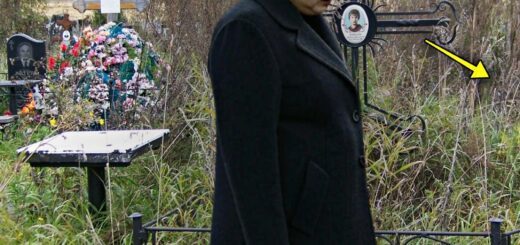My manager called me to a meeting with HR. «Kira, after 15 years, we’re restructuring your position,» she announced smugly. «Clean out your desk by Friday.» I smiled politely and said, «Completely understand.» They had no idea how Monday would be fun…
That evening, I met Gregory Sullivan at Meridian, an upscale restaurant far from TechVantage’s headquarters. As the CEO of Precision Systems, TechVantage’s largest competitor, Greg knew the value of discretion. He’d reserved a private dining alcove in the back, shielded from curious eyes by elegant Japanese screens.
They actually did it, Greg said, shaking his head after we ordered. I suspected they might, but to cut the very person who developed their core technology. Victor never understood what I actually created, I replied, sipping my water.
He saw the implementation, the user interface, the marketing potential, but the underlying architecture? That was just tech stuff to him. The irony was almost too perfect. Three months ago, I’d discovered the patent application for my distributed processing algorithm had never been filed by TechVantage’s legal team, an oversight they’d claimed when I inquired.
They’d assured me they’d handle it immediately. But something about their response had seemed off, prompting me to check the company’s internal documentation. That’s when I found it, a strategy memo outlining plans to claim the algorithm as company-developed technology without specific inventor attribution.
They’d planned to push me out before securing the patent, knowing intellectual property developed by employees typically belong to the company. What TechVantage didn’t know was that I’d already been working on refinements to the algorithm on my own time, using my personal equipment. Those improvements, which dramatically increased processing efficiency by 43%, weren’t covered by my employment agreement.
I’d quietly filed for a patent under my own name last month, fully documented with timestamps and development logs that clearly showed the work was completed outside of company time. The patent had been granted with remarkable speed, thanks to Greg’s introduction to a top-tier IP attorney. All the paperwork is finalized, Greg said now, sliding a folder across the table.
As soon as you sign, Precision Systems officially acquires exclusive licensing rights to your patent. The press release goes out Monday morning, announcing you as our new Chief Innovation Officer. I reviewed the documents carefully, though I’d already memorized the key terms.
A seven-figure signing bonus, substantial equity in Precision Systems, and ongoing royalties from all products using my algorithm. What do you think Victor’s face will look like when he realizes what’s happened? Greg asked, unable to hide his satisfaction at the prospect. I’m more concerned about my team, I admitted.
They don’t deserve to be caught in the fallout. Greg nodded. Already addressed.
We have positions for all six of them if they’re interested. Senior roles with significant raises. I signed the final page and closed the folder.
In one elegant move, I had secured my future, protected my team, and ensured recognition for my work. To new beginnings, Greg said, raising his glass. And to owning your own value, I added, clinking my glass against his.
Thursday and Friday passed in a blur of exit interviews, knowledge transfer meetings, and saying goodbye to colleagues. I maintained my professional composure throughout, even as rumors spread across the company. Administrative assistants gave me sympathetic glances in the hallways.
Junior developers approached awkwardly, asking if I’d provide LinkedIn recommendations before I left. I documented everything meticulously. Every project, every password, every process, knowing full well that TechVantage would soon discover just how thorough they needed me to be…
























